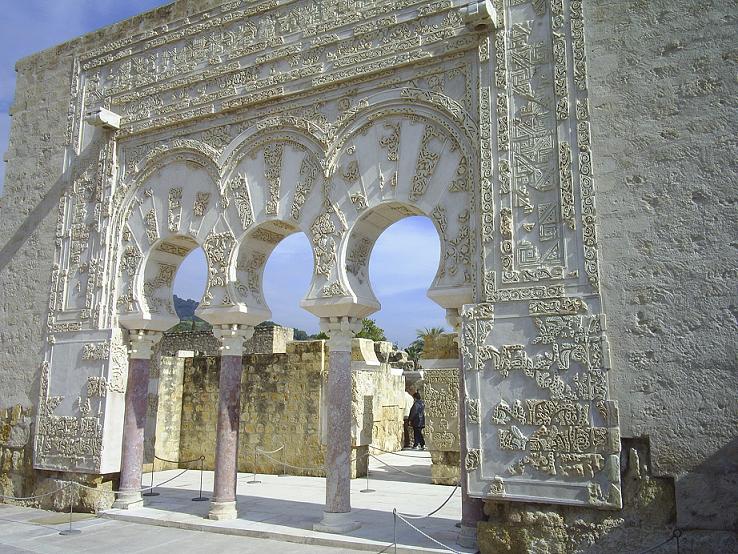Medina Azahara, Madīnat al-Zahrā («the Bright City»), was a palatine or aulic city that the first caliph of Córdoba, Abderramán III, ordered to build, about 8 km outside Córdoba in a northwesterly direction, at the foot of from Sierra Morena.
The archaeological site of Medina Azahara has been declared a Site of Cultural Interest in the Monument category since 1923.
In addition to being officially declared a UNESCO World Heritage Site on July 1, 2018.
The main reasons for its construction are of a political-ideological nature: the dignity of caliph requires the founding of a new city, a symbol of his power, in imitation of other eastern caliphates and above all, to show his superiority over his great enemies, the newly established Fatimid Caliphate of Ifriqiya, the northern part of the African continent.
In addition to being political opponents, they were also religiously opponents, since the Fatimids, Shiites, were enemies of the Umayyads, mostly from the Sunni Islamic branch.
It is located about 8 kilometers west of Córdoba, in the last foothills of the Sierra Morena, on the slope of the Yabal al-Arus, in front of the Guadalquivir valley and oriented from north to south, on a spur of the mountains, between two ravines , which goes into the countryside that is Medina Azahara or Madínat al-Zahra. It has been described as the Versailles of the Middle Ages.


Leave A Comment